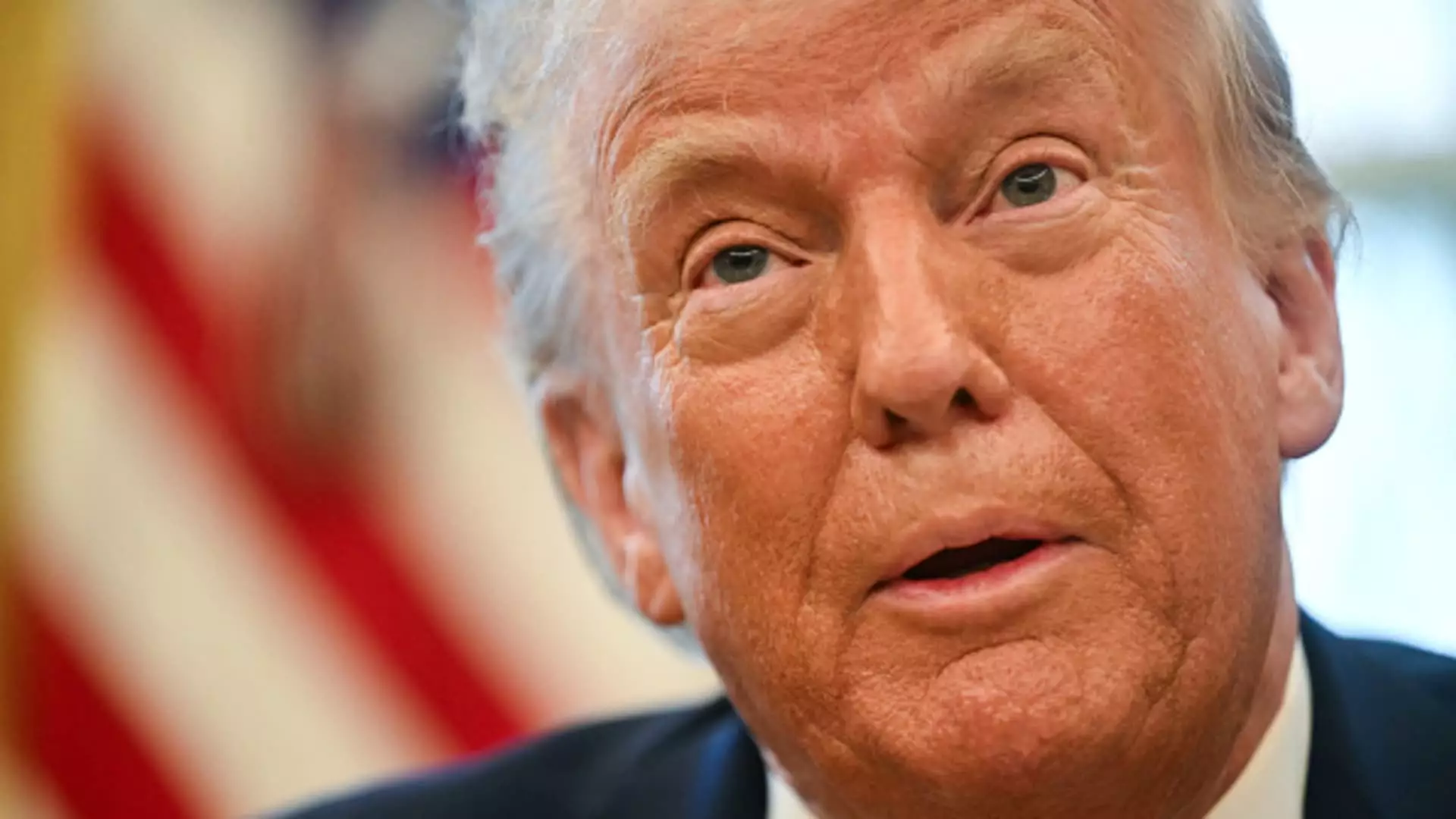On a recent Monday, President Donald Trump entered a new chapter in U.S. economic policy by signing an executive order establishing a government-run sovereign wealth fund. This initiative aims to bolster economic development, particularly through investments in infrastructure like airports and highways. Furthermore, the fund may serve as a vehicle for the U.S. to potentially acquire stakes in TikTok, signaling a unique approach to capitalizing on emerging technological platforms.
U.S. Treasury Secretary Scott Bessent underscored the ambitious timeline for launching this fund, indicating an expectation to operationalize it within a year. He emphasized the need to monetize U.S. assets, which could include a blend of liquid assets and infrastructural investments. While the fund’s potential to enhance national endeavors is promising, specific details remain sparse, raising questions about its operational efficiency and governance. Unlike many smaller nations that enjoy substantial natural resources, the U.S. has been grappling with significant budget deficits, posing a challenge for this fund’s long-term sustainability.
Globally, sovereign wealth funds have emerged as pivotal financial instruments. Countries like Norway, China, and Singapore have successfully harnessed their natural resources to create vast funds, with Norway leading the pack with over $1.7 trillion in assets. These nations utilize their funds to invest across various sectors, including real estate and infrastructure, thereby enhancing their financial independence and global market competitiveness. The establishment of a U.S. sovereign wealth fund could theoretically place the U.S. on par with these nations; however, the path to achieving similar levels of success is laden with obstacles, primarily due to the U.S.’s fiscal constraints.
During his campaign, Trump suggested that tariffs could be a funding source for the new fund. This funding mechanism bears implications not just for economic growth but also for international trade relations. By positioning tariffs as a means to finance national investments, the administration could inadvertently heighten tensions with trade partners, thereby complicating the global economic landscape.
The prospect of using tax revenues generated from various sectors, including potential carbon taxes, to support this fund further complicates the equation. Critics argue that without solid governance frameworks, such funding strategies could lead to inefficiencies and corruption, issues that have plagued several existing sovereign wealth funds.
One of the critical challenges facing the proposed U.S. sovereign wealth fund is the necessity for transparency and rigorous governance. As history has shown, a lack of accountability in fund management can pave the way for conflicts of interest and malfeasance. Establishing stringent oversight measures will be paramount to ensuring that the fund serves the public interest rather than becoming a vehicle for private gains.
While the initiative to create a U.S. sovereign wealth fund offers an intriguing strategy for economic revitalization, its success hinges on the ability of policymakers to navigate the complex landscape of governance, funding mechanisms, and international relations. Careful consideration and planning will be essential to turn this ambitious vision into a reality.

